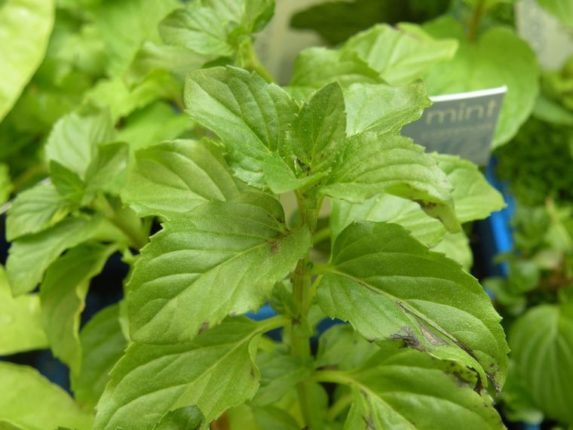It is always a shock to the system when the weather goes from stormy to hot and muggy within a few days.
Many people take longer to adjust to the weather, but there are a few low-tech options to keep you cool on a hot summer day. These can also work to save energy costs as well.
- This allows air to flow around your skin while keeping you cool. Darker clothes trap heat, which in turn makes you hotter. Moisture wicking clothes, for those sweatier individuals, are great additions to any wardrobe during the summer.
- These things are incredible for those who are outside for long periods of time. You can purchase them at any sporting goods or home goods store. By soaking them in water, they will stay cool throughout the day.
- After the sun has gone down, open the windows to let the cooler air circulate inside your house. When the sun comes up, pull the drapes closed to keep the heat out.
- Place a fan in one window and another one facing out in a separate window. This creates a wind tunnel effect which will displace the hot muggy air inside the house. Another option is placing a bucket of water in front of a fan. It helps circulate cooler air. Essentially, you are creating a swamp cooler.
- When washing clothes, line dry your clothing to avoid creating a hot atmosphere.
- If you have any heat producing appliances (ovens, toasters, etc.), wait until the sun goes down to use them or cook outside. You won’t be heating up the house and can create an impromptu barbecue for everyone.
- When taking a shower or cleaning, let your hair air dry. This keeps you feeling cool.
- If you absolutely must be covered by something, there are cooling sheets you can buy or just keep a simple bedsheet around you.
- If you are thirsty, you are not drinking enough water. Drink Gatorade or a drink that will replenish electrolytes. The more liquid you are drinking, the cooler your body becomes.
- Try to walk them in the cooler parts of the day (earlier morning or after 4 p.m.). This will ensure your pets have cooler sidewalks to walk on and you won’t be exerting too much in the heat.
These are just a few smart options for staying cool in the heat. Over 400 people die from excessive heat each year. Keep track of your loved ones.
Elderly and younger children have trouble regulating their body temperatures. If they are acting lethargic or having trouble talking to you, get them inside or out of the heat and have them drink liquids. If they are sweating, that is a good thing. If someone is not sweating and has rapid shallow breathing, get them to the hospital immediately.
Stay safe this holiday week. Use common sense and watch out for your families. Happy Independence Day to everyone.
Emily Thornton is currently working on her masters in communication at Idaho State University. She enjoys writing, racing after her son and playing games with her husband.







